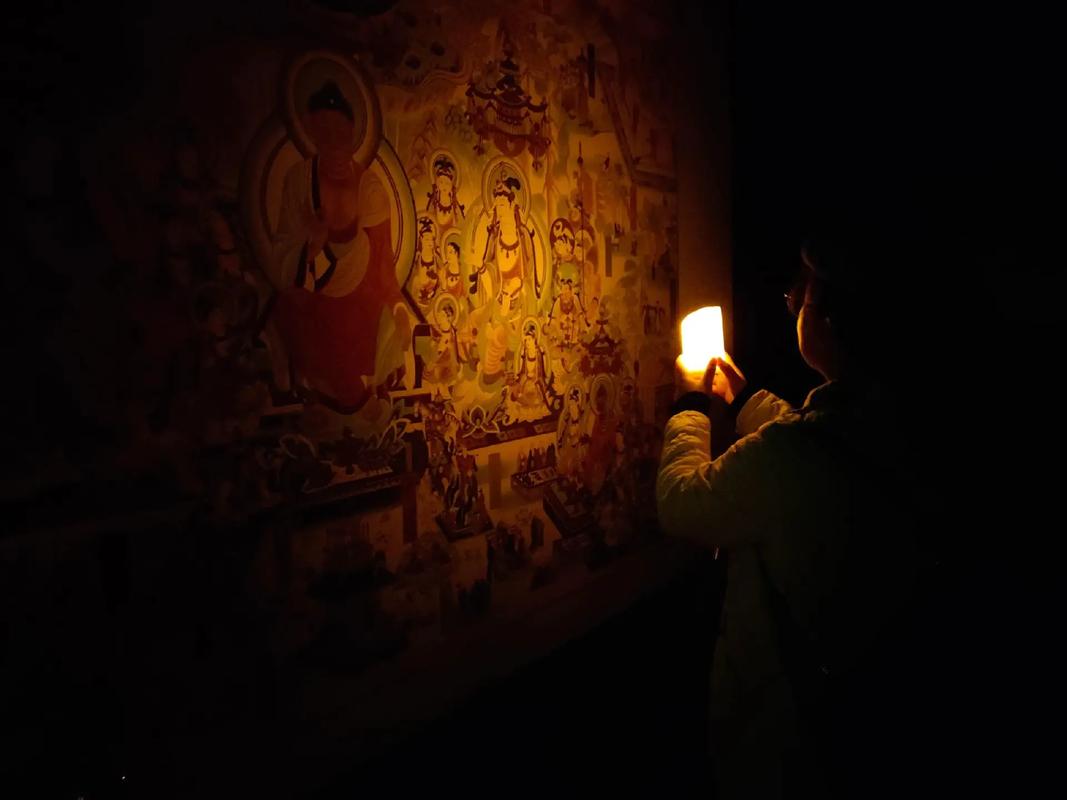In the early twentieth century, the Taoist priest Wang Yuanyu found a larg e number of ancient classical texts in the scripture caves of the Mogao Grottoes in Dunhuang. Among them, there are about five hundred pieces of Taoist books, its copying period in the late Northern and Southern Dynasties to the Tang Dynasty in the middle of about two hundred years, especially to the Tang Emperor Gaozong, Wu Hou to the Tang Emperor Xuanzong era of copying the most. Its content includes Taoist scholars, Taoist classics, science and rituals and so on about more than a hundred kinds of Taoist books, of which about half of the codex is the “orthodox Taoist collection” not included in the early Taoist canon. The discovery of Dunhuang Taoist Scriptures not only makes up for the lack of the existing Ming Taoist Collection, but also provides precious historical materials for the study of the history of Taoism in the Hexi region. Once the Dunhuang books appeared, it attracted great attention from scholars at home and abroad. Japanese scholars Obuchi Shinobuer published “Dunhuang Taoist scriptures catalog” in 1978, the book recorded Dunhuang Taoist scriptures transcripts of about four hundred and ninety-six. 1979, Mr. Obuchi published “Dunhuang Taoist scriptures catalogue”, published all the Dunhuang Taoist scriptures photocopies of the plate. 1999 China's Mr. Li Defan published the “Dunhuang Taoist Tibet,” the Dunhuang excavated in the relics of the Dunhuang more than 500 Dunhuang Taoist literature compiled in a compendium, integrated with the five volumes. In 1999, Mr. Li Defan published the Dunhuang Taoist Collection.
e number of ancient classical texts in the scripture caves of the Mogao Grottoes in Dunhuang. Among them, there are about five hundred pieces of Taoist books, its copying period in the late Northern and Southern Dynasties to the Tang Dynasty in the middle of about two hundred years, especially to the Tang Emperor Gaozong, Wu Hou to the Tang Emperor Xuanzong era of copying the most. Its content includes Taoist scholars, Taoist classics, science and rituals and so on about more than a hundred kinds of Taoist books, of which about half of the codex is the “orthodox Taoist collection” not included in the early Taoist canon. The discovery of Dunhuang Taoist Scriptures not only makes up for the lack of the existing Ming Taoist Collection, but also provides precious historical materials for the study of the history of Taoism in the Hexi region. Once the Dunhuang books appeared, it attracted great attention from scholars at home and abroad. Japanese scholars Obuchi Shinobuer published “Dunhuang Taoist scriptures catalog” in 1978, the book recorded Dunhuang Taoist scriptures transcripts of about four hundred and ninety-six. 1979, Mr. Obuchi published “Dunhuang Taoist scriptures catalogue”, published all the Dunhuang Taoist scriptures photocopies of the plate. 1999 China's Mr. Li Defan published the “Dunhuang Taoist Tibet,” the Dunhuang excavated in the relics of the Dunhuang more than 500 Dunhuang Taoist literature compiled in a compendium, integrated with the five volumes. In 1999, Mr. Li Defan published the Dunhuang Taoist Collection.
二十世纪初道士王圆箓在敦煌莫高窟藏经洞中发现大批古代经典文书抄本。其中道教遗书抄本约有五百余件,其抄写时期在南北朝后期至唐朝中期约二百年的时间,尤其以唐高宗,武后至唐玄宗时代的抄本最多。其内容包括道家诸子、道教经典、科仪等约有一百多种道书,其中约有半数抄本是《正统道藏》未收入的早期道教典籍。敦煌道经的发现,不仅弥补现存明《道藏》的缺佚,而且为研究河西地区的道教历史提供了珍贵史料。敦煌遗书一经出现,便引起了国内外学者的极大关注。日本学者大渊忍尔1978年出版《敦煌道经目录》,该书著录敦煌道经抄本约四百九十六件。1979年,大渊先生又出版《敦煌道经图录篇》,刊载全部敦煌道经的影印图版。1999年中国李德范先生出版了《敦煌道藏》,将敦煌出土遗书中的五百余件敦煌道教文献整理汇编,集成五巨册。